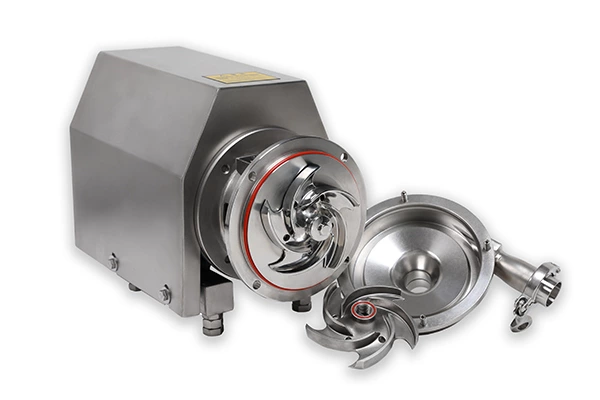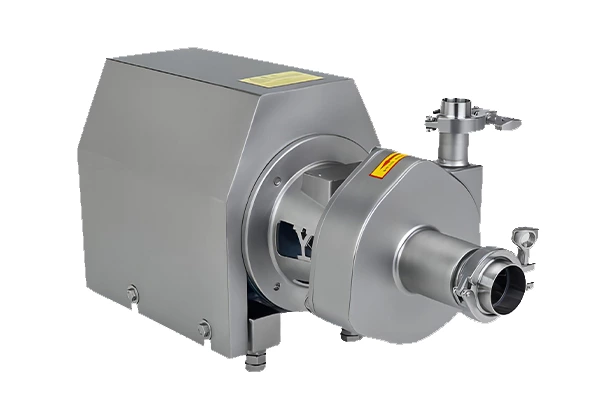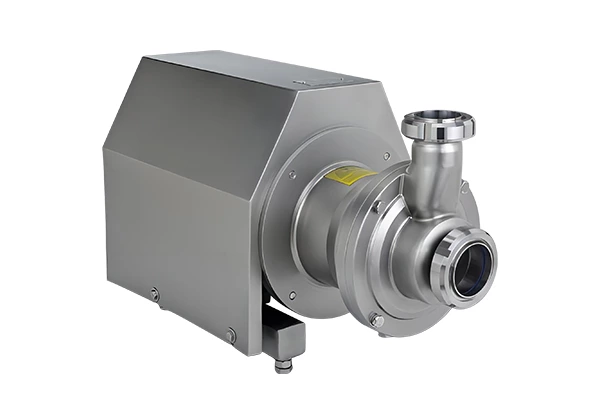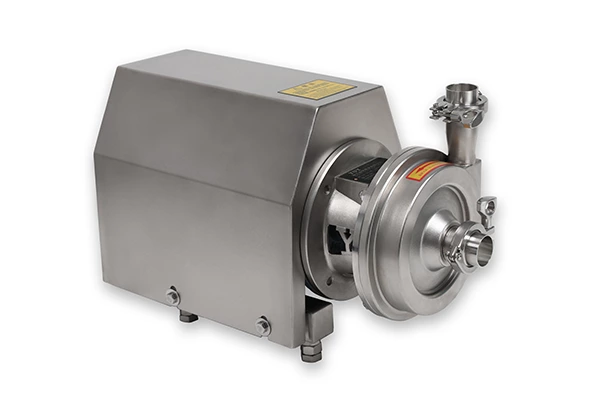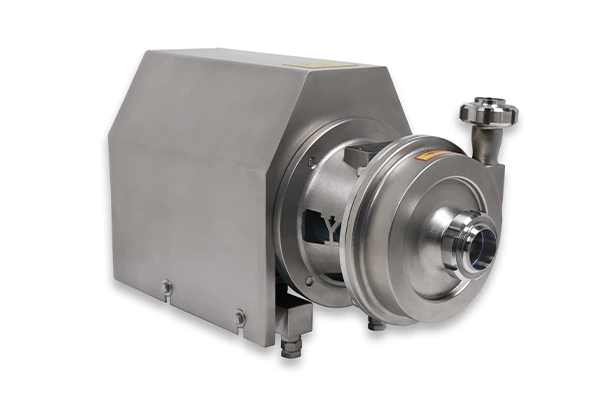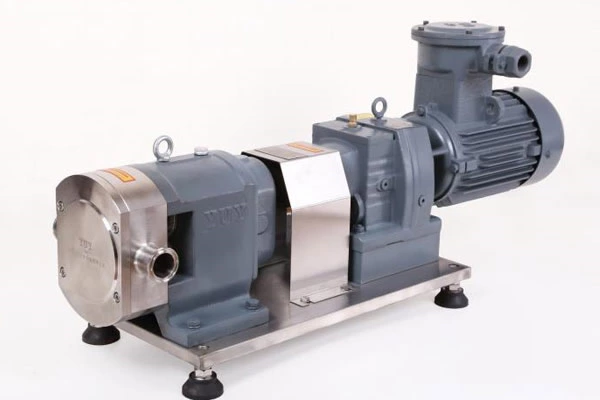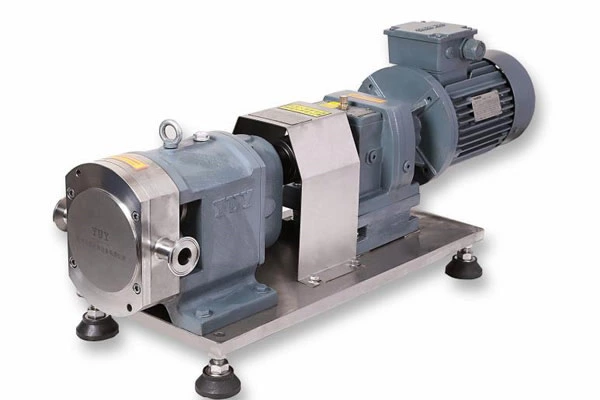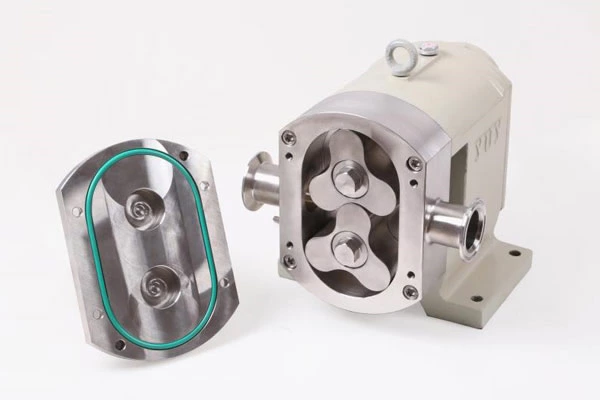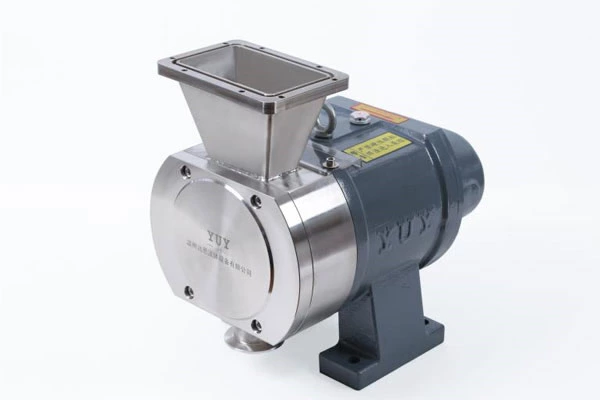Factors Affecting Sanitary Centrifugal Pumps
Everyone knows that Sanitary Centrifugal Pump has a self-priming function, but we often encounter that the self-priming height cannot be reached after we install the water pump. So what are the factors that affect the self-priming performance of sanitary centrifugal pumps? Let us briefly introduce them below:
1. The influence of impeller circumferential speed on self-priming performance
U2 is a necessary condition for promoting gas-liquid mixing and gas-liquid flow in sanitary centrifugal pumps.
The increase of U2 not only increases the reflux volume of sanitary centrifugal pumps, but also strengthens the role of gas-liquid mixing and improves self-priming performance.
2. The gap between the impeller and the pump body tongue
The smaller the gap between the impeller outer circle and the tongue, the greater the suction range, which is usually controlled within the range of 0.5-1mm.
However, some experimental studies are contrary to this statement. The pump efficiency and suction performance are both optimal when the gap d=2.5mm.
The self-priming performance is also related to the gap between the impeller rear cover and the pump cover.
The gap is greater than 6mm. No matter how other structural geometric parameters are adjusted, the self-priming height will never exceed 3m. After checking the drawings and inserting a wooden board on the pump cover to make the gap d=2.5mm, the self-priming height exceeded 6m within 100s.
